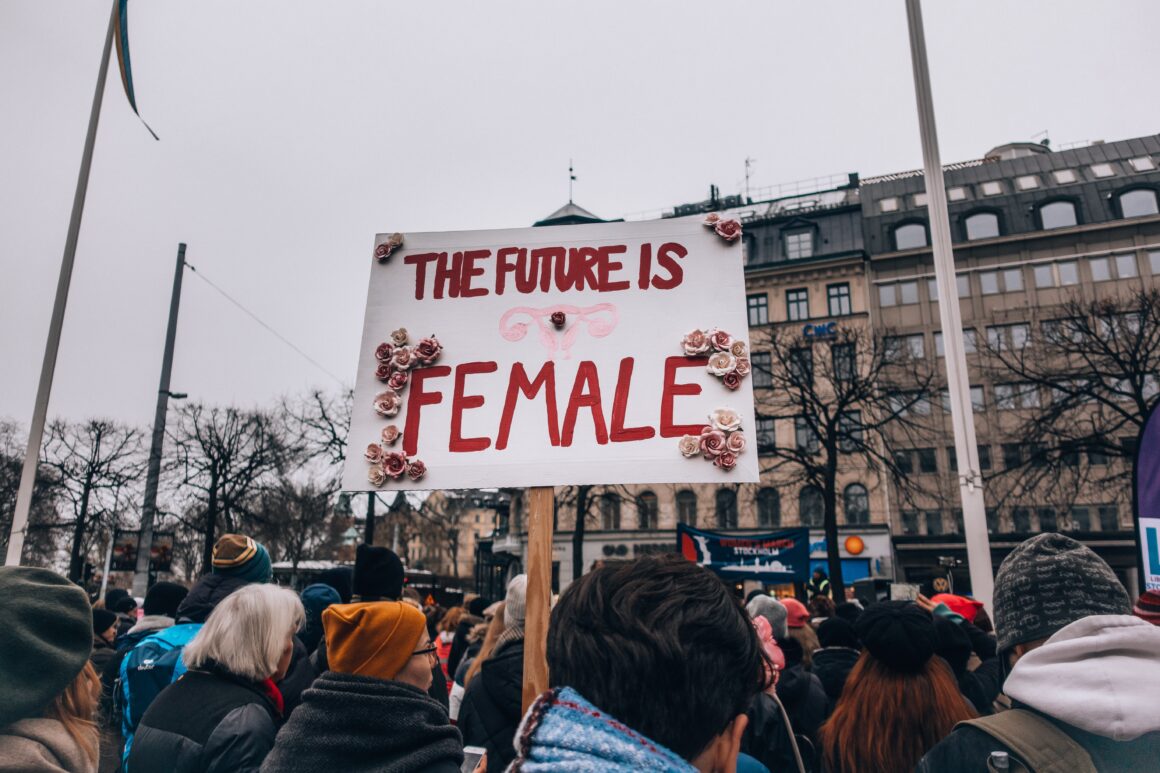Recently, the Women’s March on Washington has found opposition from a fairly unexpected source – people of color on Twitter.
A few hours after the march ended, posts criticizing the protest arose throughout various social media networks. The main reasons for opposition stemmed from how the majority of those who attended do not support other intersectional causes (such as Black Lives Matter), and only show support when it is perceived as socially acceptable or popular to do so.
Beyond this, some people criticized various methods of demonstration used throughout the march. Namely, they objected to women writing messages on pads and sticking them on walls throughout the city, claiming that it was a waste and how the products would go to better use being donated.
Based on this same logic, the paper and markers used to create the posters were a waste – they should have been donated to elementary schools so that students could better develop their artistic talents and abilities. The yarn used to knit the pink protest hats (dubbed “pussy hats”) should have been used for blankets for the homeless, or scarves for war veterans. The granola bars and other snacks consumed throughout the day should have been donated to soup kitchens.
In a protest, all of the resources are being wasted. From t-shirts to posters to buttons to stickers, everything will be rendered effectively useless after the few hours of protesting have passed. But the point of a protest is not to be logical, and it is not the time to make reasonable and well-thought-out decisions regarding clothing and memorabilia.
Besides, this march could have helped fix the problems that opposers perceived, particularly the argument that some of its proponents do not show enough dedication to intersectional efforts. However, this is something that could have been solved through discussion at the march itself, communicating with others and gaining a sense of who they are and why they support women’s rights, rather than starting Twitter arguments after the fact.
So yes, the pads and whatever other feminine hygiene products used could have been donated, and could have been used more productively in other ways. However, in arguing that it was wasteful, they completely missed the point of the march.
The very purpose of a protest is to be loud and obnoxious. It is meant to give a voice to the silent and power to the oppressed, and allow them to yell and chant to their heart’s content until they feel as though justice has been served and victory has been won. Protests acknowledge the power of having strength in numbers – what one person alone cannot achieve, hundreds working together can. This perception is defended by the mission statement of the Women’s March:
We stand together in solidarity with our partners and children for the protection of our rights, our safety, our health, and our families – recognizing that our vibrant and diverse communities are the strength of our country.
It is almost as if those who have taken problems with the march are trying to be divisive. They are taking something meant to be engaging and joyful and turning it into a problem. Now, everyone has a right to voice their opinions if they feel bothered and hurt – which the posters on Twitter did – but the way in which this was done took away from the theme of the march. It created divides between “white feminists” and everyone else, questioning their motives for participating in the march and in feminism itself.
While it is not racism (or anything remotely on those lines), alienating white feminists in no way helps the feminism movement. When fighting for a cause, it is vital to obtain support from as many people as you can, regardless of whether subtle nuances exist between your reasons for support. Considering the divisions that already exist in feminism, making white women, or any woman, feel unwelcomed from the Women’s March, people of color only work to ensure one thing – that they will have less supporters the next time around.
Even so, the feminine hygiene products were not truly wasted at all. Through being used in the Women’s March, these otherwise mundane objects were given a special, powerful meaning. Not only did the demonstration work to end the stigma surrounding menstruation, but they sent a message of unity. They showed that women are determined to push for social advancement, and reaffirmed that the people would not sit down, but rather stand up and fight back in the face of adversity.
People who undermine protests for any group, for the sake of supporting the cause of another, help no one and hurt everyone. This is because above all, protests show that the minority can fight back against their oppression and limitations to take control and regain power – pussy power or otherwise.


